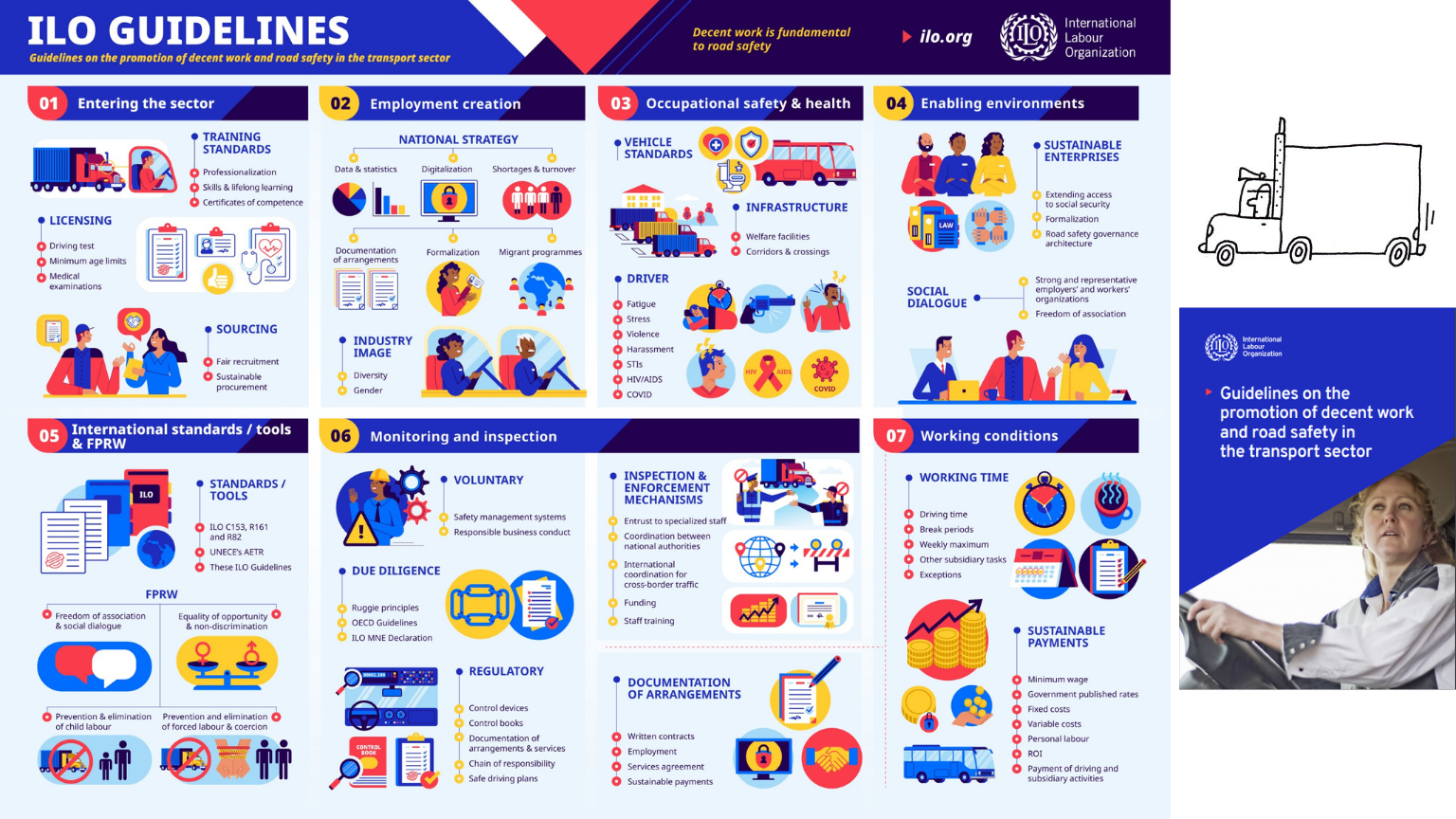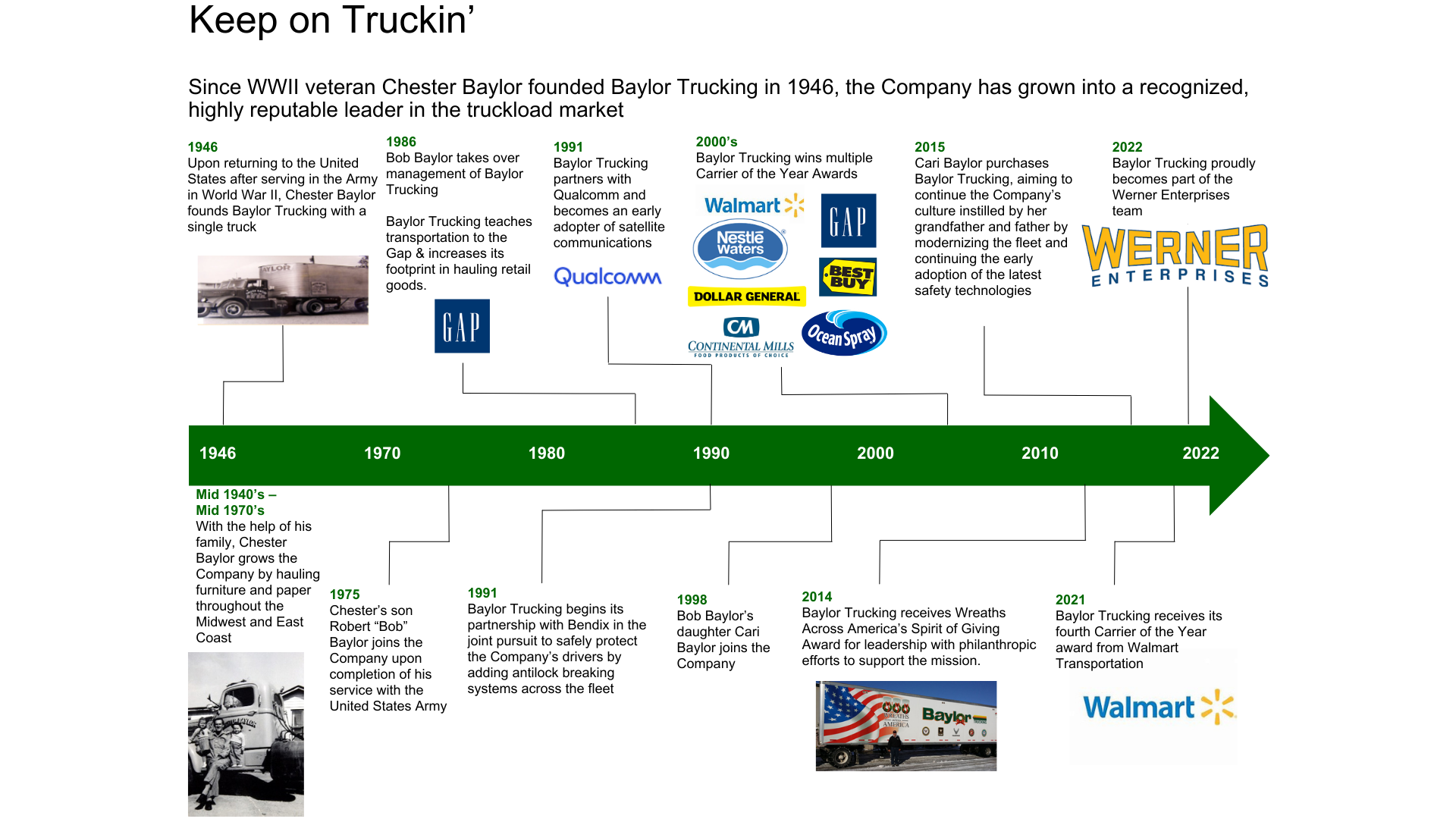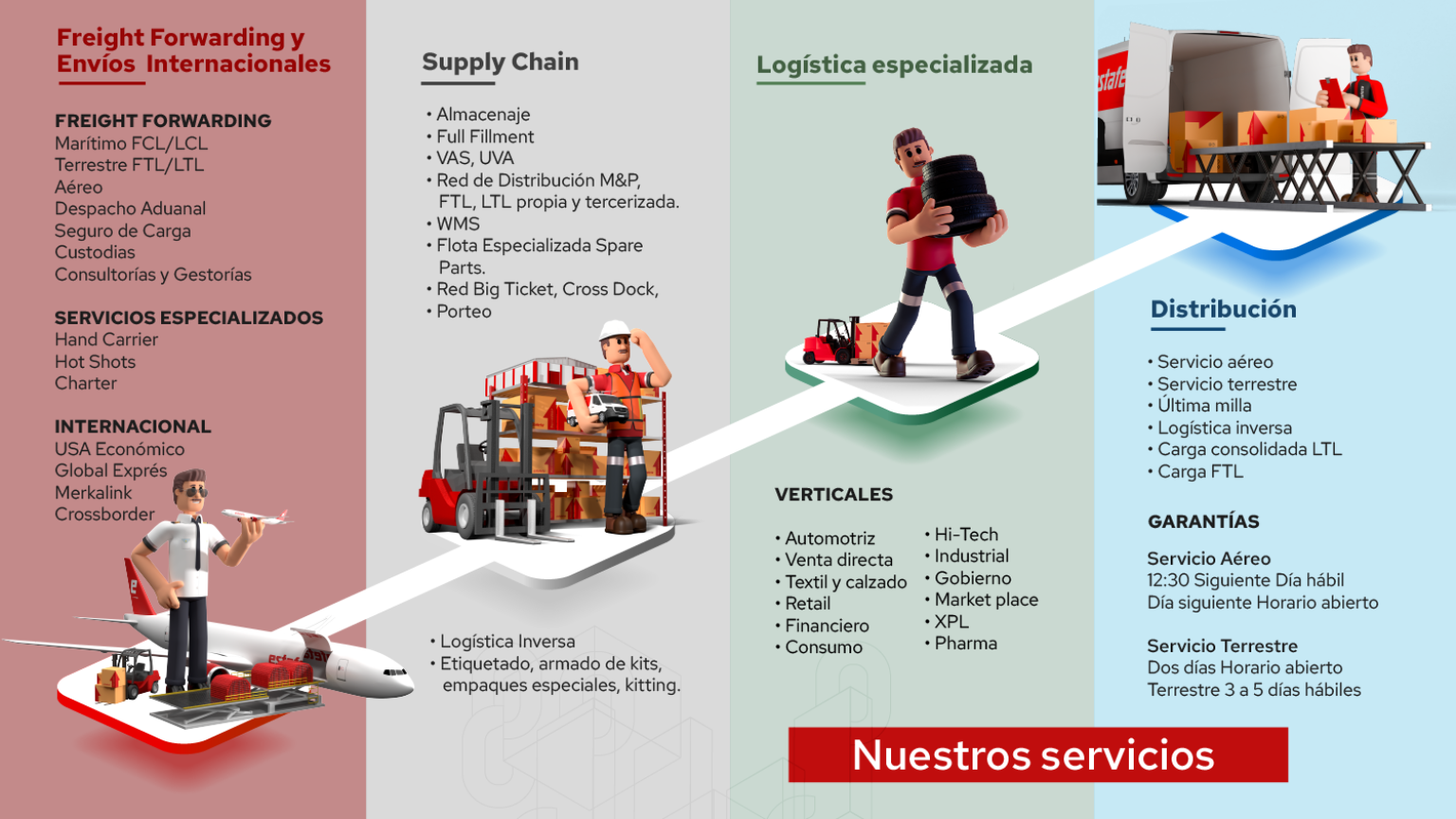Change is gaining momentum. From breaking cultural barriers to rethinking recruitment, industry leaders are stepping up to drive progress. Inspiring women from the sector shared their experiences and insights during our recent webinar.
Women remain significantly underrepresented in the commercial road transport sector. While participation rates in the US and Canada are above the global average, they still fall short of the overall economy. In Mexico, the numbers are even lower.
This challenge of increasing women’s representation in road transport is not new. Over the years, IRU and its members have been conducting research, launching programmes, and advocating for action. Yet progress has been slow. What can be done to accelerate change?
Accelerating change
IRU recently brought together key voices from the sector in a webinar to explore ways to boost female participation in North American road transport. Inspiring women shared their insights on how to break barriers and drive change at an IRU North American Transportation Forum (NATF) webinar.
Iro Doumani, IRU’s Goods Transport Council President, and one of the organisation’s two female vice presidents, opened the webinar by addressing the challenges ahead. “Attracting more women into the transport workforce is one of the biggest challenges – not only in the Americas but globally.”
She went on to share her personal journey, shaped by resilience and determination. “I know firsthand the challenges that women face. But I also know that it is possible to overcome them. Women bring unique perspectives, innovation and new dynamics. I strongly believe that diversity is not just beneficial; it’s essential.”
A broader context
Alejandra Cruz Ross, Transport Specialist at the International Labour Organization (ILO), then provided an overview of the global regulatory framework.
“We wouldn’t be here discussing United Nations efforts to accelerate gender equality in the road transport sector if it weren’t for the pioneering work of Eleanor Roosevelt, who championed the Universal Declaration of Human Rights and led the UN Commission on the Status of Women. Without this work, many of the changes we’ve witnessed in gender equality, or even the ones we read about today, simply wouldn’t have happened.”
She explained how, from a regulatory standpoint, efforts have evolved from a focus on the protection of women to advocating for full equality. “In the past, women were restricted from acquiring property, managing businesses, or even driving trucks. But today, significant progress has been made.”
However, Alejandra Cruz Ross pointed out that there is still a long way to go. One of ILO’s key goals remains fully integrating women into the workforce with equal rights and responsibilities.
She also highlighted the ILO’s 2019 guidelines, which promote decent work and road safety in the transport sector. These guidelines offer a gender lens to examine the barriers women face when entering or remaining in the sector.



